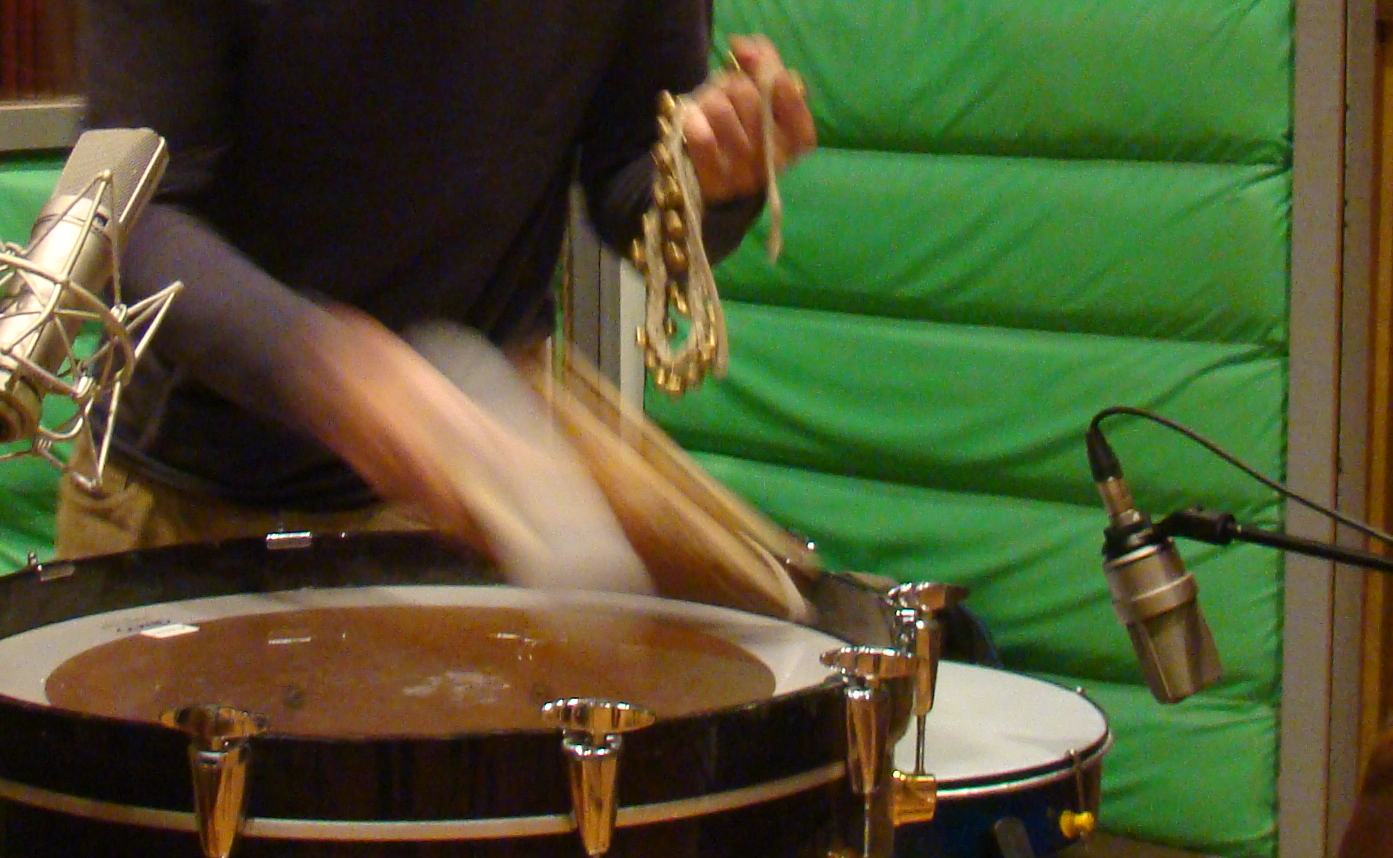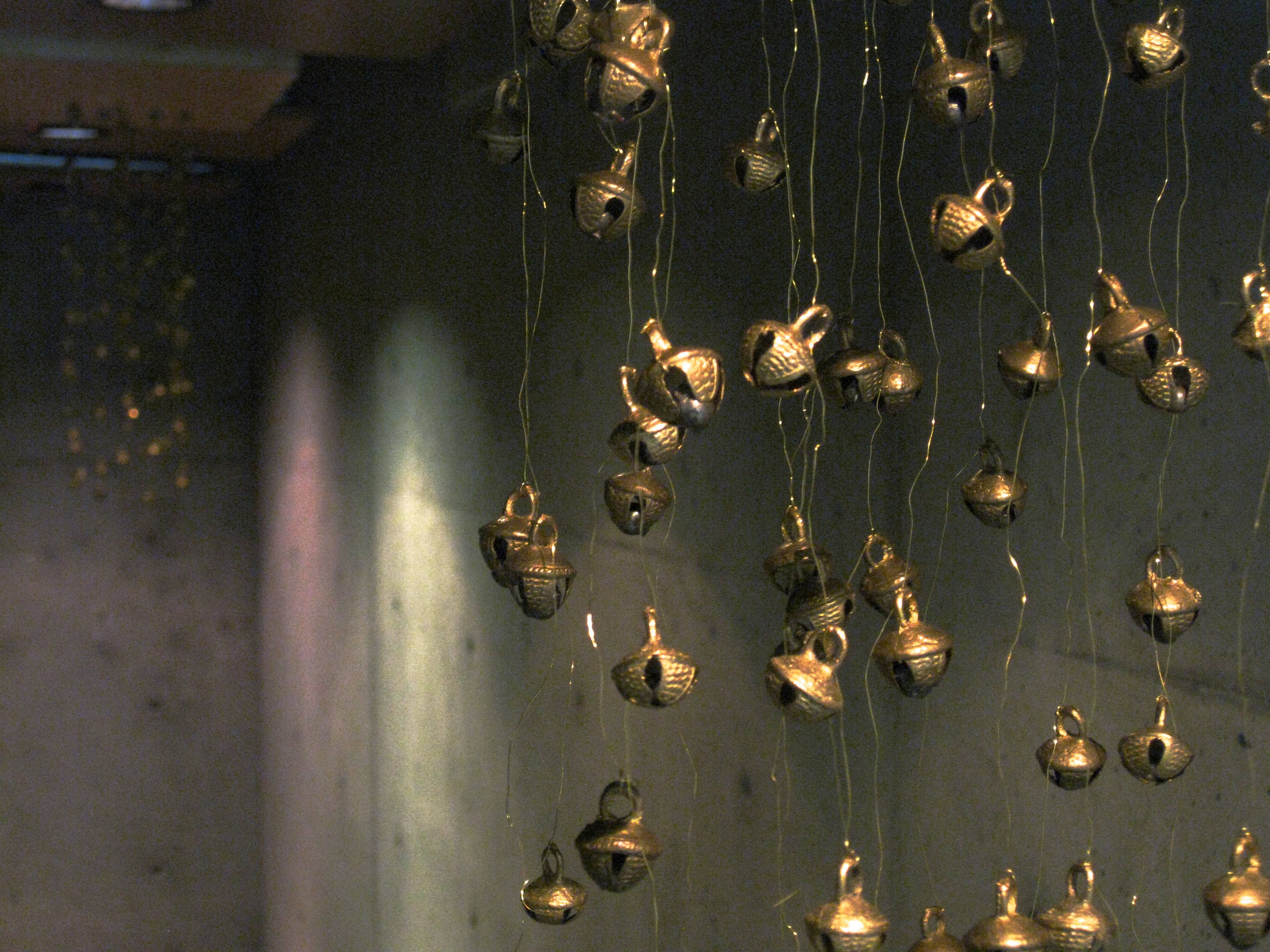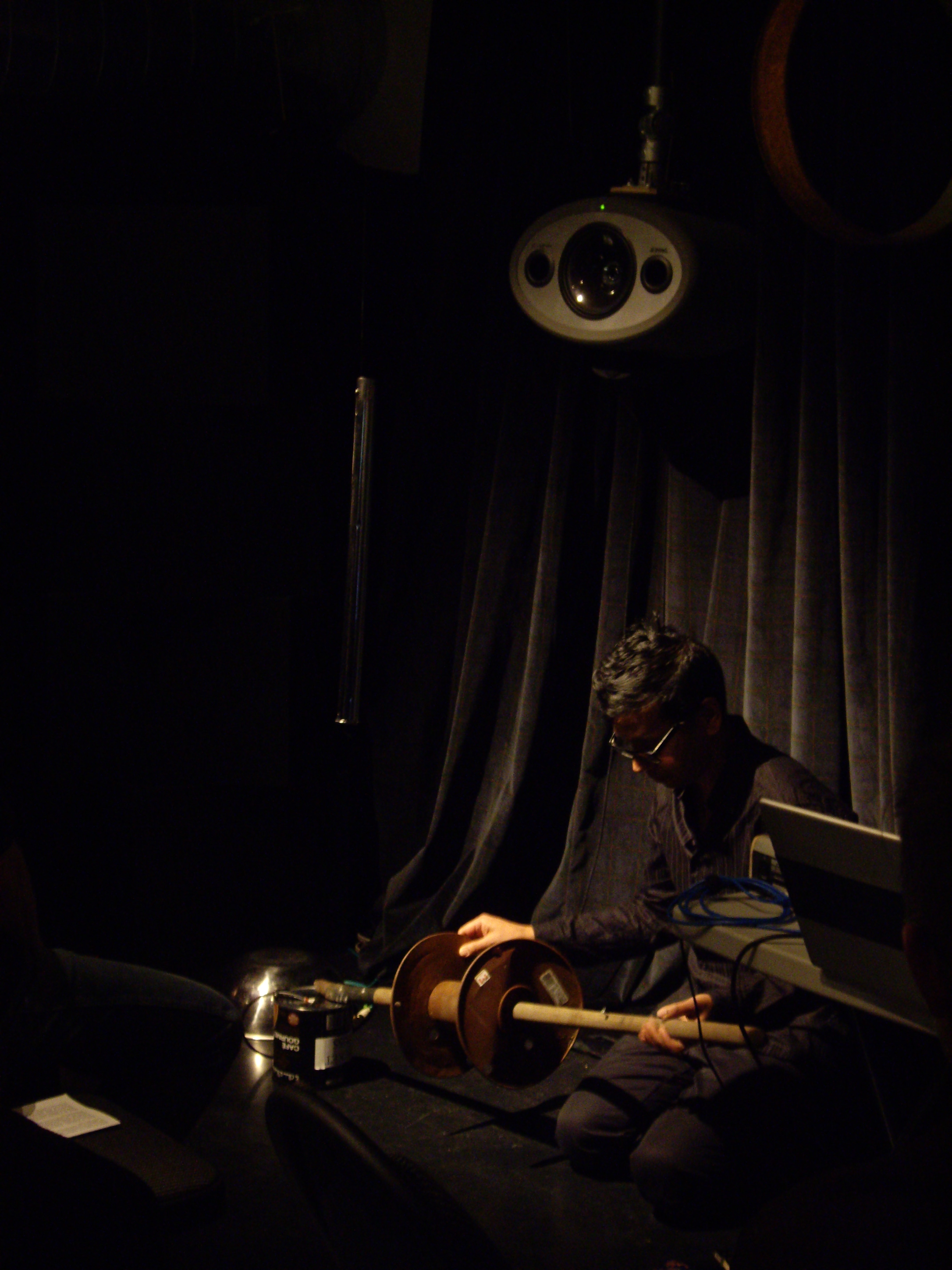A story can be read many ways – it is strongest when it is open, allowing many streams of interpretation at once. To discover and present these streams to the viewer through sound is my job.
In creating sound for drama, and in particular on the stage, we have 2 concurrent sets of demands – those addressing logistics of the performance space and those addressing storytelling. These 2 sets must work together, so that sound highlights aural characteristics that are integral to the setting while at the same time participating in the development of the arc of the play – the emotional journey of the characters and the id of the story. Sound becomes one of the collaborators in the performance of the text, be it on stage, through a speaker, or on a screen.
Radiophonic art is also a kind of theatre, a theatre for the listener wherever they might be. My lessons from the stories I’ve accompanied often make themselves felt in these poetic spaces. The rhythm of the text. Where and what becomes emphasized. These are decisions I get to make when shaping these works, and the theatre artists (and musicians and dancers and choreographers and filmmakers) I have collaborated with over the years participate through the moments I sculpt as a composer.
Stories are strongest when they are open and distilled. They contain secrets that are revealed through unexpected channels – a look, a word, the sound of a footstep or the echo of a hallway, the fall of light across a floor. I look for and discover these secrets, and they guide my hand and ear in the making of the music. They whisper to me, and I whisper back. Together we offer our small contribution to the many pieces of the story that comes to your eye and ear, and moves you.





